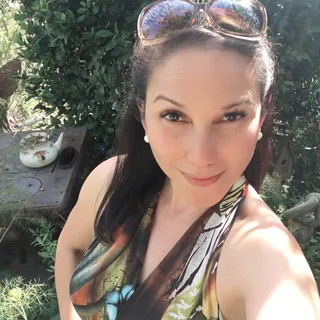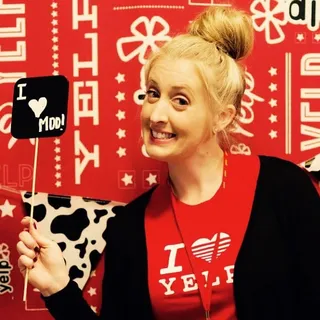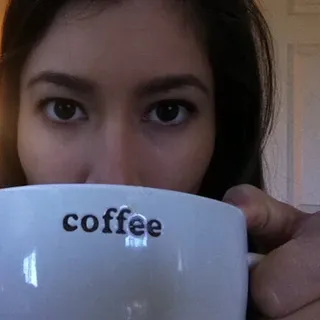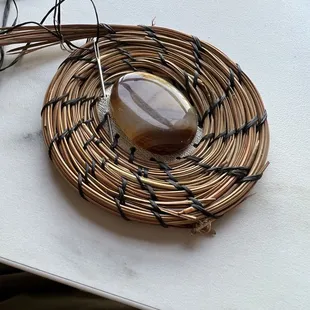
Nuui Cunni Native American Culture Center
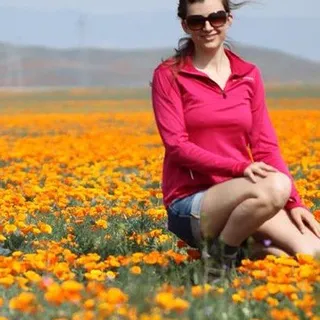 "I stopped by because a friend recommended it to me. This place is a gem! There is so much information available here about the native peoples in the area - tool making, medicine, games, art, clothing etc. I have been to a few native cultural centers, and this one is by far the best. It doesn't sell mass produced "Indian" goods, and instead offers hand made local crafts. Everything is a great price! They even have classes on how to make some of the crafts and medicine. (Offered Wednesday's or Sunday's, be sure to call and check, email doesn't always work). The people who work there are so sweet, offering to help with absolutely anything. They really just want to get the word out about the place. I was sad to hear that they haven't been doing well, so I want to help get the word out - go check it out!"
"I stopped by because a friend recommended it to me. This place is a gem! There is so much information available here about the native peoples in the area - tool making, medicine, games, art, clothing etc. I have been to a few native cultural centers, and this one is by far the best. It doesn't sell mass produced "Indian" goods, and instead offers hand made local crafts. Everything is a great price! They even have classes on how to make some of the crafts and medicine. (Offered Wednesday's or Sunday's, be sure to call and check, email doesn't always work). The people who work there are so sweet, offering to help with absolutely anything. They really just want to get the word out about the place. I was sad to hear that they haven't been doing well, so I want to help get the word out - go check it out!"

Errea House Museum
 "Today I visited the Errea House Museum and was warmly greeted from Carole Peck the Docent. I can't believe that all of my kids have been here on field trips but I have never been. Carole gave me a lot of information about the history of the house and the original family that lived in it. The house was located 4 1/2 miles from where it sits now on Green Street. It was moved here around 1900. In 1952 Tehachapi had a devastating earthquake and the damage to this area is estimated at 60 million dollars and tragically lives lost. This house stood amazingly in one piece and the only damage was to the open porch in the rear of the house. The water tank in the back yard collapsed on it. It was explained to me that the original structure was built without the use of wall studs. The house is now owned by the Tehachapi Heritage League and listed on the National Register of Historic Places on July 29, 1997. Everything in the home has been donated from the time period of the 1900's. The calendar on the kitchen wall was actually from 1921. When you walk in the door to the left is a beautiful grandfather clock from 1785 and it still keeps perfect time. Every Christmas the Errea house is decorated and they have items available to purchase. I am looking forward to checking that out next year."
"Today I visited the Errea House Museum and was warmly greeted from Carole Peck the Docent. I can't believe that all of my kids have been here on field trips but I have never been. Carole gave me a lot of information about the history of the house and the original family that lived in it. The house was located 4 1/2 miles from where it sits now on Green Street. It was moved here around 1900. In 1952 Tehachapi had a devastating earthquake and the damage to this area is estimated at 60 million dollars and tragically lives lost. This house stood amazingly in one piece and the only damage was to the open porch in the rear of the house. The water tank in the back yard collapsed on it. It was explained to me that the original structure was built without the use of wall studs. The house is now owned by the Tehachapi Heritage League and listed on the National Register of Historic Places on July 29, 1997. Everything in the home has been donated from the time period of the 1900's. The calendar on the kitchen wall was actually from 1921. When you walk in the door to the left is a beautiful grandfather clock from 1785 and it still keeps perfect time. Every Christmas the Errea house is decorated and they have items available to purchase. I am looking forward to checking that out next year."

